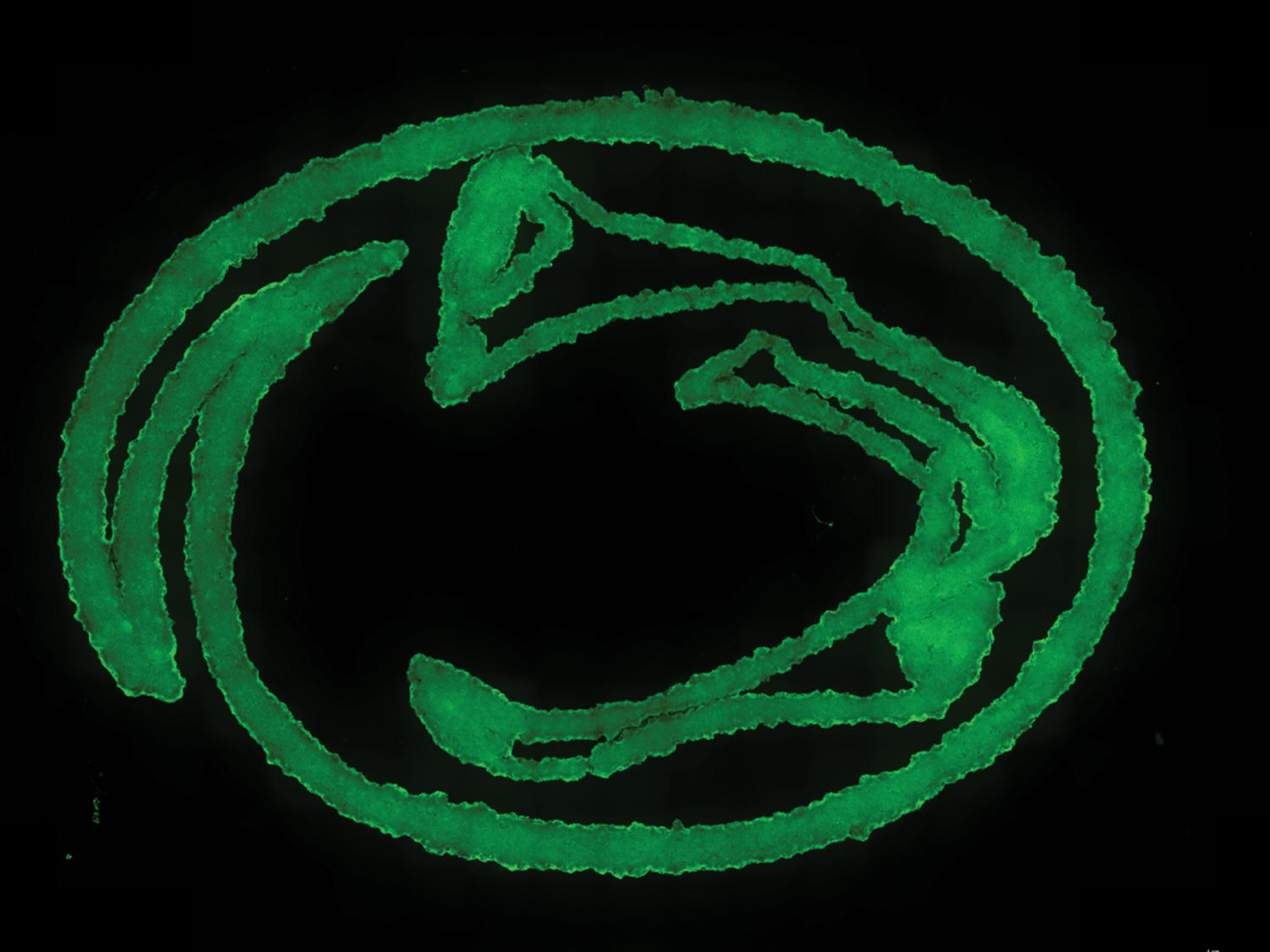2022-08-24 スイス連邦工科大学ローザンヌ校(EPFL)
 An optical chip with ring-shaped light storage, called a microring resonator, and a fiber-optic coupling. The chip is only three millimeters wide, and the ring resonator at its tip has a radius of 0.114 millimeters. © Armin Feist / Max Planck Institute for Multidisciplinary Sciences
An optical chip with ring-shaped light storage, called a microring resonator, and a fiber-optic coupling. The chip is only three millimeters wide, and the ring resonator at its tip has a radius of 0.114 millimeters. © Armin Feist / Max Planck Institute for Multidisciplinary Sciences
研究者らは、自由電子を用いてペア状態の空洞フォトンを生成する新しい方法を実証した。この方法では、電子顕微鏡に搭載されたチップ型光集積回路を使用した。
今回、新たに開発した測定手法により、電子のエネルギーと発生した光子を同時に高精度で検出することができ、電子・光子のペア状態の根底にあるものを明らかにすることができました。
<関連情報>
- https://actu.epfl.ch/news/new-quantum-technology-combines-free-electrons-a-2/
- https://www.science.org/doi/10.1126/science.abo5037
空洞を介した電子-光子対 Cavity-mediated electron-photon pairs
Armin Feist,Guanhao Huang,Germaine Arend,Yujia Yang,Jan-Wilke Henke ,Arslan Sajid Raja,F. Jasmin Kappert,Rui Ning Wang,Hugo Lourenço-Martins,Zheru Qiu,Junqiu Liu,Ofer Kfir ,Tobias J. Kippenberg,Claus Ropers
Science Published:11 Aug 2022
DOI:DOI: 10.1126/science.abo5037
Generating electron-photon pairs
The interaction of electron beams with cavities and resonant structures represents a universal scheme for generating electromagnetic radiation. Feist et al. fabricated structures with phase-matched interactions between free electrons and the vacuum cavity field of a photonic chip-based microresonator. As the electrons passed near the resonator, coupling between them and the vacuum field resulted in the spontaneous generation of photons within the cavity. Because the electron-photon pairs are correlated, they should be a useful source for the development of free-electron quantum optics providing enhanced imaging and sensing capabilities. —ISO
Abstract
Quantum information, communication, and sensing rely on the generation and control of quantum correlations in complementary degrees of freedom. Free electrons coupled to photonics promise novel hybrid quantum technologies, although single-particle correlations and entanglement have yet to be shown. In this work, we demonstrate the preparation of electron-photon pair states using the phase-matched interaction of free electrons with the evanescent vacuum field of a photonic chip–based optical microresonator. Spontaneous inelastic scattering produces intracavity photons coincident with energy-shifted electrons, which we employ for noise-suppressed optical mode imaging. This parametric pair-state preparation will underpin the future development of free-electron quantum optics, providing a route to quantum-enhanced imaging, electron-photon entanglement, and heralded single-electron and Fock-state photon sources.



